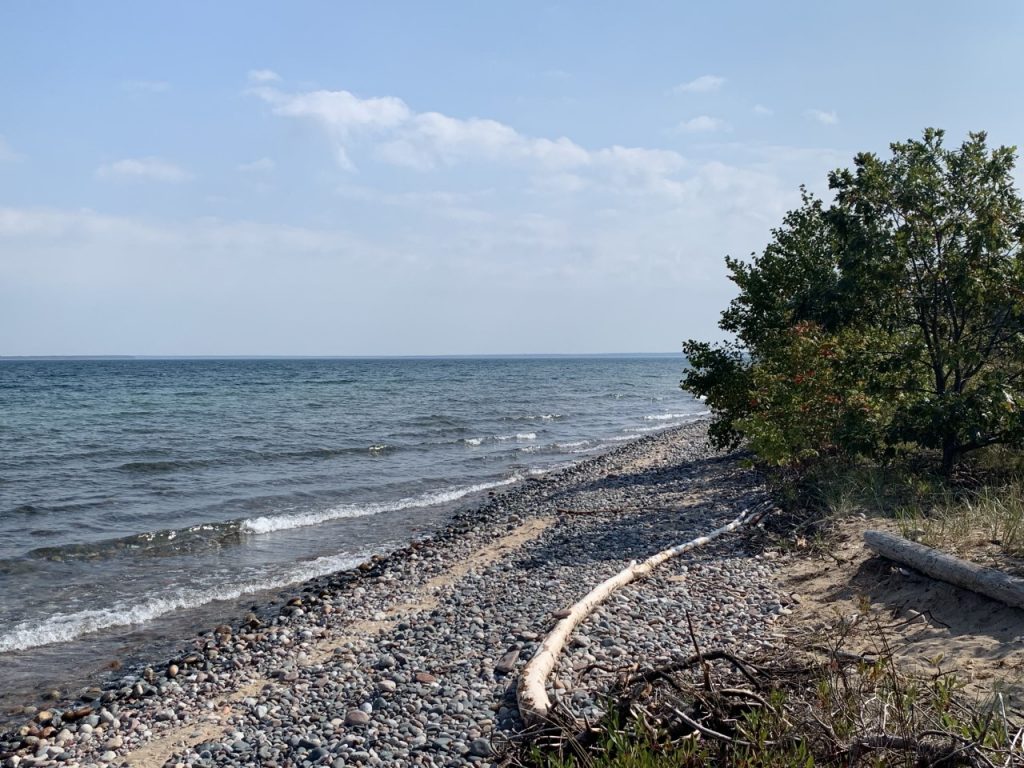Great Lakes Swamping Shoreline Towns, Waste Water Facilities
Record high water levels on the Great Lakes are causing massive erosion along the waterways’ shoreline. And researchers predict the situation will only grow worse over the next few months.

This year Lakes Michigan, Huron and Superior were at the highest water levels ever recorded for the month of January.
Analysts say during the 1990’s the level of water on the Great Lakes dropped dramatically. But over the past decade there was intense precipitation across the U.S., and especially in the Midwest. That pushed Lakes Ontario and Erie to all-time high water marks.
“There are houses falling in the water. Waste water treatment systems being inundated and having to be shut down periodically.” — University of Michigan researcher Drew Gronewold
University of Michigan associate professor Drew Gronewold says it is devastating shoreline communities.
“There are houses falling in the water. There are folks who are moving their houses back, if they have the means to do so, from the shore line. Waste water treatment systems being inundated and having to be shut down periodically,” Gronewold said.
He says high water swamping facilities that remove waste is especially concerning.
Click the audio player above to hear the interview with University of Michigan’s Drew Gronewold.
“Treating those [waters] and getting rid of them safely is absolutely fundamental to our way of life. If waste water treatment systems are going to be inundated by high water, that to me is a major wake-up call and an alarm bell that needs to be listened to under these high water conditions.”
Gronewold adds that the climate-driven trend appears irreversible. He says both home owners and policymakers must find ways to adapt.
Michigan Gov. Gretchen Whitmer, for one, is proposing to target about $40 million dollars towards helping shoreline communities deal with the negative consequences of changing climate conditions, including high water levels.
